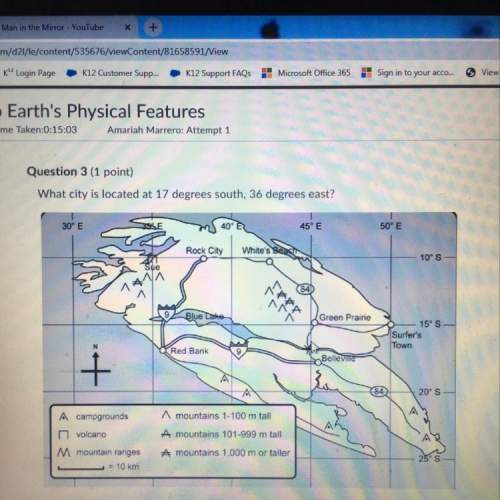
Chemistry, 05.03.2021 17:20 lunarStudios123
1000 kg/h of Seawater containing 3.5 wt% salt and the balance water passes through a series of 3 evaporators. In each evaporator, 90.% of the entering water is vaporized. The salt and remaining liquid water is fed to the next evaporator in series. The vapor streams from each evaporator are condensed and combined to obtain a product stream of pure water. The liquid outlet stream from the final evaporator in series is called thebrine.
Required:
a. Draw and label the flow chart for this process. Use variable notation to label the amount and composition of each flow stream.
b. Carry out a DOF analysis on each subsystem based on your flowchart.
c. What is the mass flowrate of the pure water product stream in kg/h?
d. What is the mass flowrate of the brine product stream in kg/h?
e. What is the composition of the brine product stream in wt%?

Answers: 2


Other questions on the subject: Chemistry

Chemistry, 21.06.2019 20:10, irene4523
Why is the vapor pressure of a warm lake higher than the vapor pressure of a cold lake? o a. warm water has a greater heat of vaporization. ob. warm water evaporates more quickly. cool water evaporates more quickly. od. cool water has a greater heat of vaporization.
Answers: 1

Chemistry, 21.06.2019 20:30, nmadrigal
In a laboratory experiment, a fermenting aqueous solution of glucose and yeast produces carbon dioxide gas and ethanol. the solution was heated by burning natural gas in a bunsen burner to distill the ethanol that formed in the flask. during the distillation, the ethanol evaporated and then condensed in the receiving flask. the flame of the burner was kept too close to the bottom of the flask and some of the glucose decomposed into a black carbon deposit on the inside of the flask. during this experiment the following changes occurred. which of these changes involved a physical change and not a chemical change? check all that apply. 1-condensation of ethanol 2-evaporation of ethanol 3- formation of carbon dioxide gas from glucose burning of natural gas 4-formation of ethanol from glucose by yeast 5-formation of a carbon deposit inside the flask
Answers: 2


Chemistry, 22.06.2019 14:50, jonmorton159
Consider the following multistep reaction: a b→ab(slow) a ab→a2b(fast)−−−−−−−−−−−−−−−−− 2a b→a2b(overall) based on this mechanism, determine the rate law for the overall reaction. express your answer in standard masteringchemistry format. for example, if the rate law is k[a]3[b]2 type k*[a]^3*[b]^2
Answers: 3
You know the right answer?
1000 kg/h of Seawater containing 3.5 wt% salt and the balance water passes through a series of 3 eva...
Questions in other subjects:

Chemistry, 10.06.2020 19:57

Mathematics, 10.06.2020 19:57

Mathematics, 10.06.2020 19:57

Mathematics, 10.06.2020 19:57


World Languages, 10.06.2020 19:57

Mathematics, 10.06.2020 19:57






